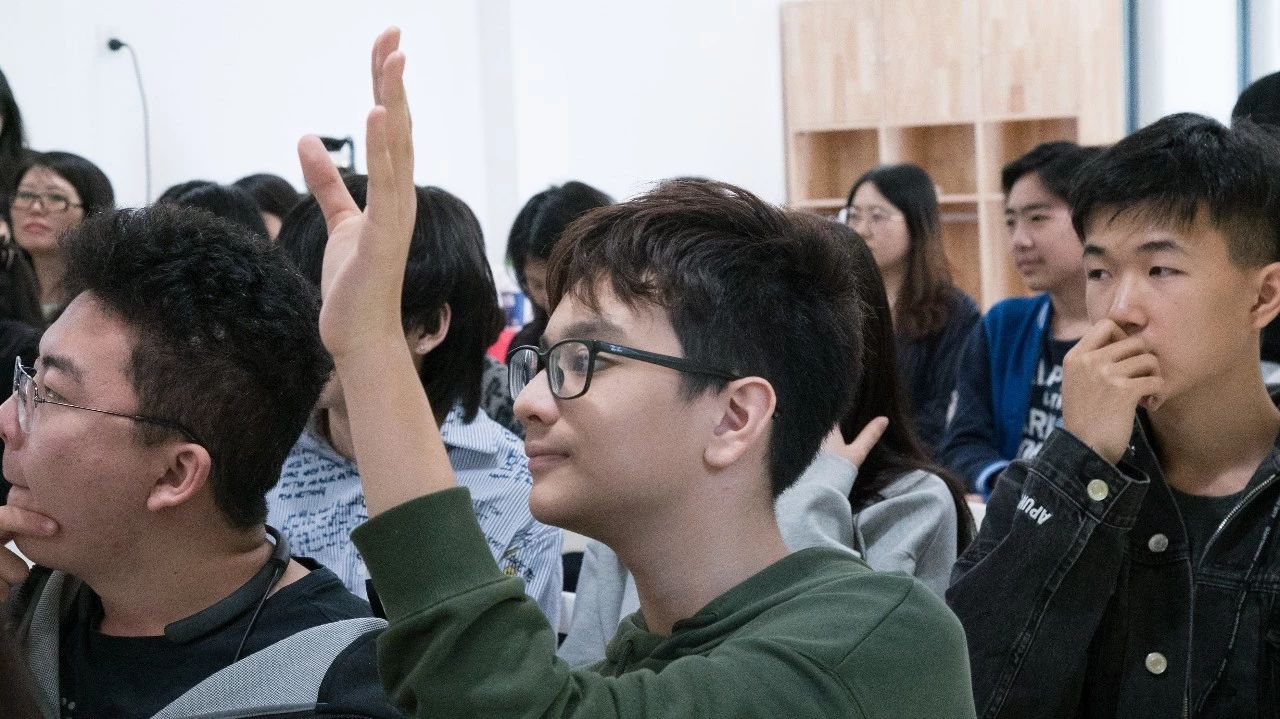How Combined Classes Guaranteed IB Teaching Quality
The big difference between teaching and learning in the IB Programmes is an emphasis on student-centred learning. This means that teachers enter the classroom not with a curriculum that needs to be taught, but with a mindset focused on the learner and providing the support to help them learn. While not all IB schools have combined classes, teaching combined classes requires very little change on the part of an IB teacher.
There are three reason why we organise a school around grade levels. The first is tradition, this is the way it was done when we had a teacher-centred approach. This is the approach many people are used to when the teacher has a set of knowledge and skills that must be taught, they come into the classroom and teach what needs to be learned, irrespective of students current capabilities. However, students learn best when the teacher first assesses what the students are capable of and create learning objectives for each student that are achievable but also challenging. The best situation is where these learning objectives are co-created by teachers and students. The second reason we put students into grade levels is so that school is organised around social groups with students of a similar age. Being in the same grade means that the students in a grade are assumed to be of a similar developmental level cognitively, socially, and emotionally. The third reason for having grade levels comes when we divide the curriculum to ensure all the topics we feel students should know are taught at some stage. Assigning knowledge chunks to grade levels ensures students have experience with the knowledge we believe it is important for everyone to know. These three reasons are based on assumptions and there is ample evidence to indicate that students benefit for combined classes.
Teachers are able to accommodate different knowledge and skill levels using a technique called differentiation. In every classroom around the world, there are often different skill levels for any given skill and for some skills there might be as much as a 6-year difference. That means that there may be a Grade 3 classroom with a range in reading comprehension from a Kindergarten level to a Grade 5 level. To accommodate this wide range of difference in skill level, a teacher will vary instruction so that each student is engaged in a task that is appropriate for them, receiving the support they need and striving for the goals that are challenging yet appropriate and achievable. That doesn’t mean the teacher needs to create different lessons for different skill levels, but just that the teacher is aware of the different levels and varies the starting points, the instructions and supports and the learning goals.
There are times when there is a definite sequence of learning. The subject where the need for a sequence of learning is most pronounced is in mathematics where, for example, one must learn addition before multiplication, then fractions, then calculating probability. That being said, the IB is not a prescribed curriculum where we say, “OK, it’s Grade 2. Everyone is learning multiplication.” What if students are still struggling with addition? What if they do not understand place value? What if they have been doing division for 6 months? For everything that we teach in a PYP classroom we first do an assessment to find out what the students can do, then we set goals based on what students can potentially achieve. That means students will be assessed to determine where they are within the sequence, ensure they have the necessary conceptual understanding and can apply their learning to new contexts, then move onto the next concept within that sequence. A teacher with a sound understanding of our curriculum, as all of our teachers do, are able to differentiate for two grade levels learning together. Students will not be learning different topics, but learning the same thing at different levels. Every student may potentially have different learning goals or objectives.
The skill of the teacher in differentiating the learning in a class is vitally important. The Academic Management Team (AMT) is made up of the Head of School, the Principal and the curriculum coordinators. We take the issue of teaching quality very seriously and believe that this is the most important part of the school mission. We spend a lot of time, energy and resources on professional development for the teachers. There is a two-week period at the beginning of the school year dedicated to professional development. This year we had a 3-day training session on teaching and learning and a 1-day session on 21st Century Skills (lead by a world renowned expert in the field, Lance King) as well as other sessions to advance teaching and learning. We have training and workshops for teachers throughout the year. Teachers may attend professionally accredited workshops in throughout the region, we have professional development days during the school year and collaborative planning meetings include professional development sessions each week. We also have a system of instructional coaching where coaches are working with teachers to improve the learning in the classrooms. This system requires members of the AMT to engage collaboratively and individually with teachers to develop a professional learning structure tailor specifically to each teacher. Teachers also engage in peer coaching.
To guarantee academic standards are maintained we have a curriculum mapping platform, ManageBac. All planning and assessments are documented on ManageBac. Parents and students can use ManageBac to find out what students will be learning and what assessment tasks they have been assigned and the results of previous assessment tasks. Students can use ManageBac to upload assignment tasks. Teachers and administrators can use ManageBac to track and record the learning, record reflections on the learning, and to ensure all aspects of the curriculum are being taught and assessed.

BISS Class

Students of BISS

BISS student presenting


